- Visitor information
- About us
- Exhibitions
- Temporary Exhibitions
- Permanent Exhibitions
- Past Exhibitions
- 2024 - Light & City
- 2019-2020 - Shine! - Fashion and Glamour
- 2019 - 1971 – Parallel Nonsynchronism
- 2018 – Your Turn!
- 2018 – Still Life
- 2017 – LAMP!
- 2017 – Tamás Zankó
- 2017 – Separate Ways
- 2017 – Giovanni Hajnal
- 2017 – Image Schema
- 2017 – Miklós Szüts
- 2016 – "Notes: Wartime"
- 2016 – #moszkvater
- 2015 – Corpse in the Basket-Trunk
- 2015 – PAPERwork
- 2015 – Doll Exhibition
- 2014 – Budapest Opera House
- 2013 – Wrap Art
- 2012 – Street Fashion Museum
- 2012 – Riding the Waves
- 2012 – Buda–Pest Horizon
- 2011 – The Modern Flat, 1960
- 2010 – FreeCikli
- 2008 – Drawing Lecture on the Roof
- 2008 – Fashion and Tradition
- 2004 – Mariazell and Hungary
- Virtual museum
- What's happening?
DOMUS Furniture and Home Decor Store
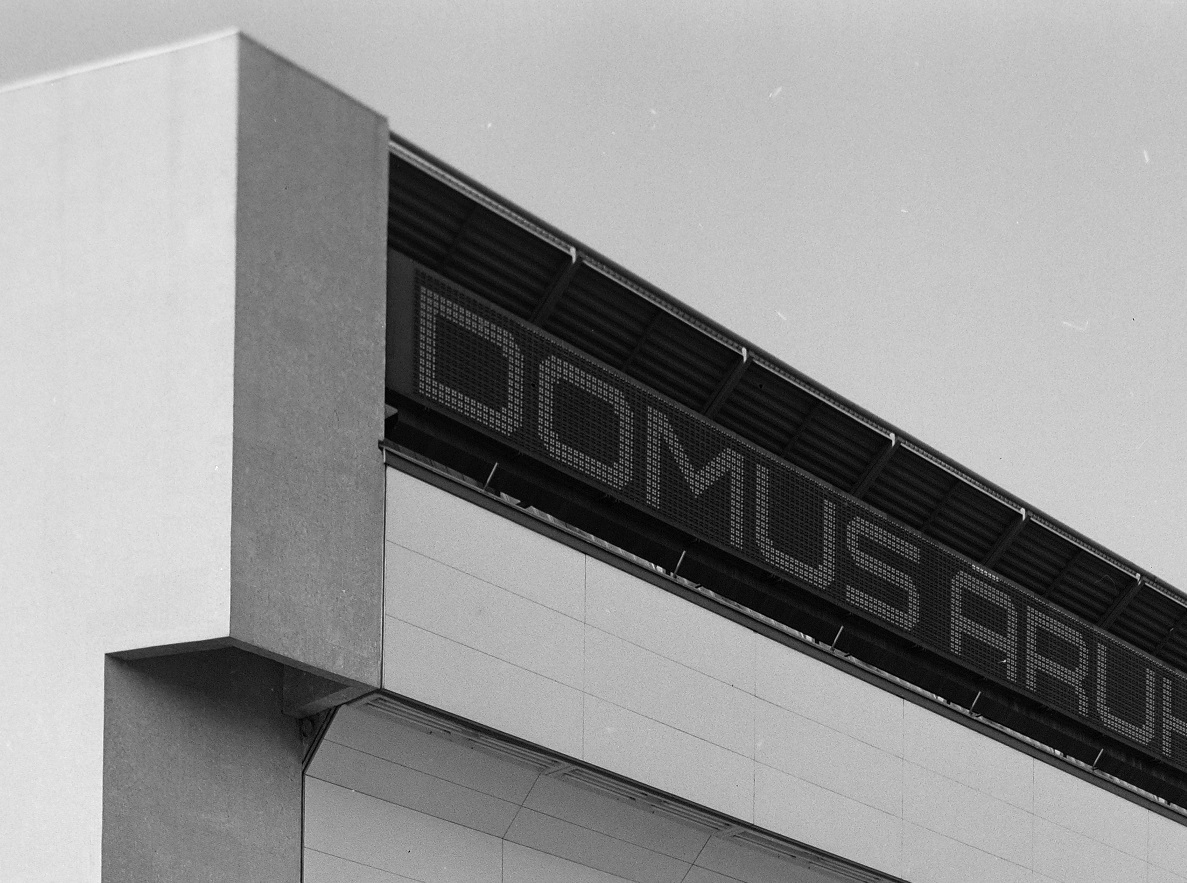
DOMUS Furniture and Home Decor Store
1034 Budapest, Róbert Károly krt. 67.
Architects: Antal Lázár and Péter Reimholz (IPARTERV), structural designer: Bence Nagy
Planning: 1971–72, construction: 1972–74
Documentation: February 2020
Photos: Judit F. Szalatnyay, Foundation for (Modern) (Industrial) Architecture (MIEA), Fortepan, concept: Márta Branczik
The documentation of the building was conducted in collaboration with the Hungarian exhibition project Othernity - Reconditioning our Modern Heritage at the 17th International Architecture Biennale.
Contemporary sources:
Lázár, Antal – Reimholz, Péter: Domus Áruház, Budapest. [Domus Store, Budapest.] Magyar Építőművészet, 1974/6. pp. 56–57.
József, Dénes: Gondolatok két Domus Áruházról. [Thoughts about two Domus stores.] Magyar Építőművészet, 1977 /1. pp. 60–61.
anon.: Warenhaus Domus in Budapest/H. Deutsche Bauzeitschrift 1976/6. pp. 725–726. (review in Magyar Építőművészet 1977/3. p. 54.)
The construction of DOMUS caused quite a sensation. Even in the early 1970s, buying a home and furnishing it was a central issue and a major preoccupation. To be fair, neither was easy. Furniture was in short supply and, despite the growing importance of design trends, the range of furniture on offer in the shops did not reflect them. In this situation, the state furniture company (Bútorért) decided to create a nationwide chain called DOMUS, one of their first stores being built in Budapest. The architects designed the layout of the building to meet this specific challenge: the complex operational and circulation areas were combined in three reinforced concrete cores, or rather "cells", to create two large undivided spaces for the store's showroom. The construction of the building was also special, with the huge steel beams of the slabs of each floor being fixed into the masonry of the robust reinforced concrete cells (complicated only to describe, but easy to understand from the images). Beyond the layout and structure, the mass of the building itself was unusual, a departure from the modernism of the 1960s. The building appears as a single huge, sculptural block at a busy intersection, and this huge body protrudes boldly, cantilevered over the traffic. It is unlikely that this architectural massing was motivated by a planned change in traffic, but one cannot help but think of Marcel Breuer's American museum building with its offset blade wall (The Whitney Museum of American Art, New York, 1966, now The Met Breuer) or even the bold block of the National Gallery in Bratislava (Vladimír Dedeček, 1979). But the DOMUS is much more restrained than these, with more refined details, whether in the subtle curves of the end walls or the window layout. Yet it can be said that the building's shaping, its massing, has the character of Brutalism, even if nowhere on the building does the raw concrete often used in Brutalism appear. Originally, the central part of the main façade was covered with large tiles (of unknown material) and the largest surface with light-coloured (grey or light blue?) ceramic mosaics. The ceramic cladding gave the building a hard surface with definite contours, while the current painted fibre cement tile cladding, with its fugue mesh, which is visible from a distance, distorts the original character of the building.
The DOMUS furniture store closed in 2011, and the building was placed under local heritage protection by the Municipal Assembly of Budapest in 2012.
The original state of the interiors is shown in some of IPARTERV's contemporary photographs (from the MIEA archives), as we were unable to enter the building during the 2020 photo shoot. However, the current exterior was shocking enough...
GALLERY:
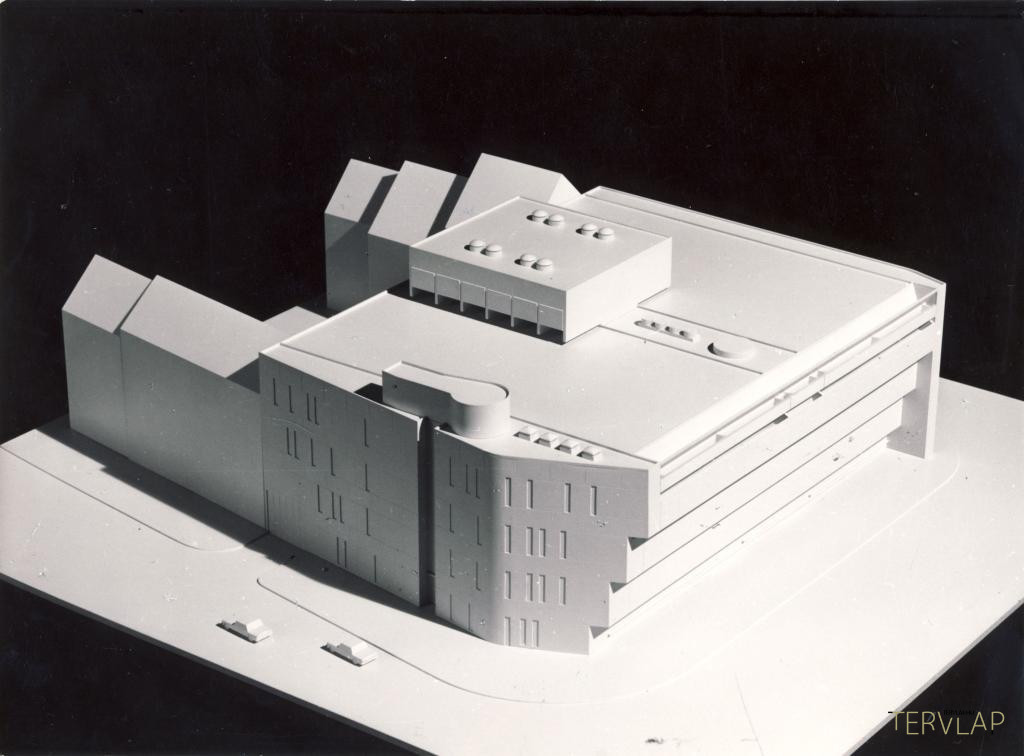 |
 |
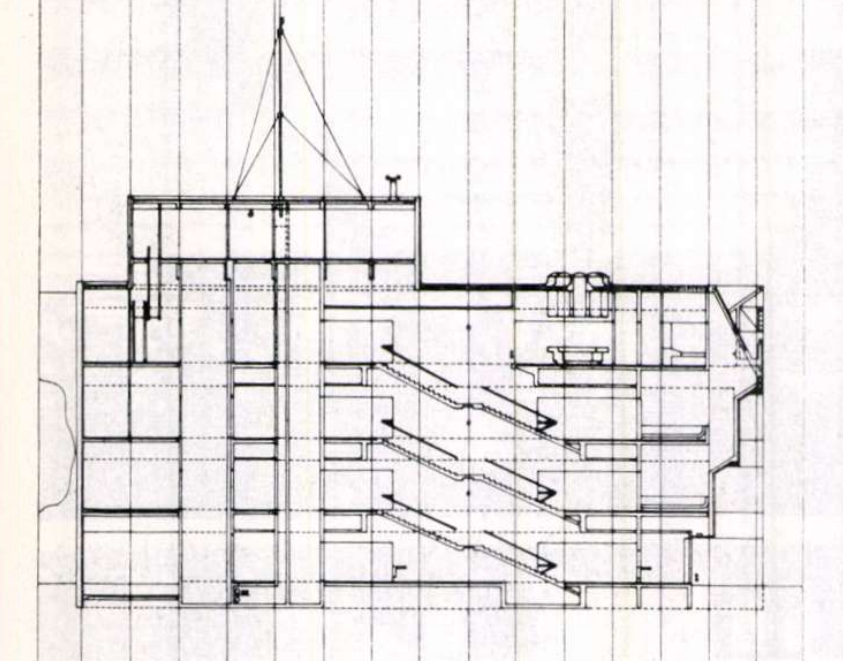 |
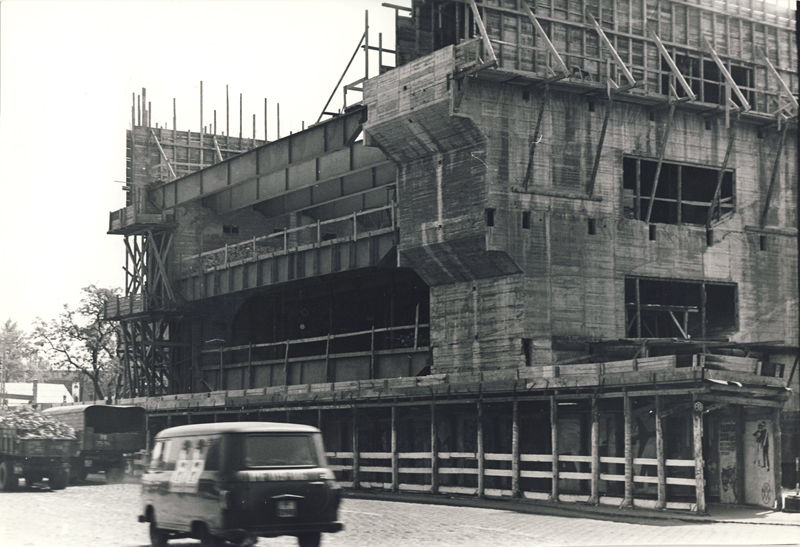 |
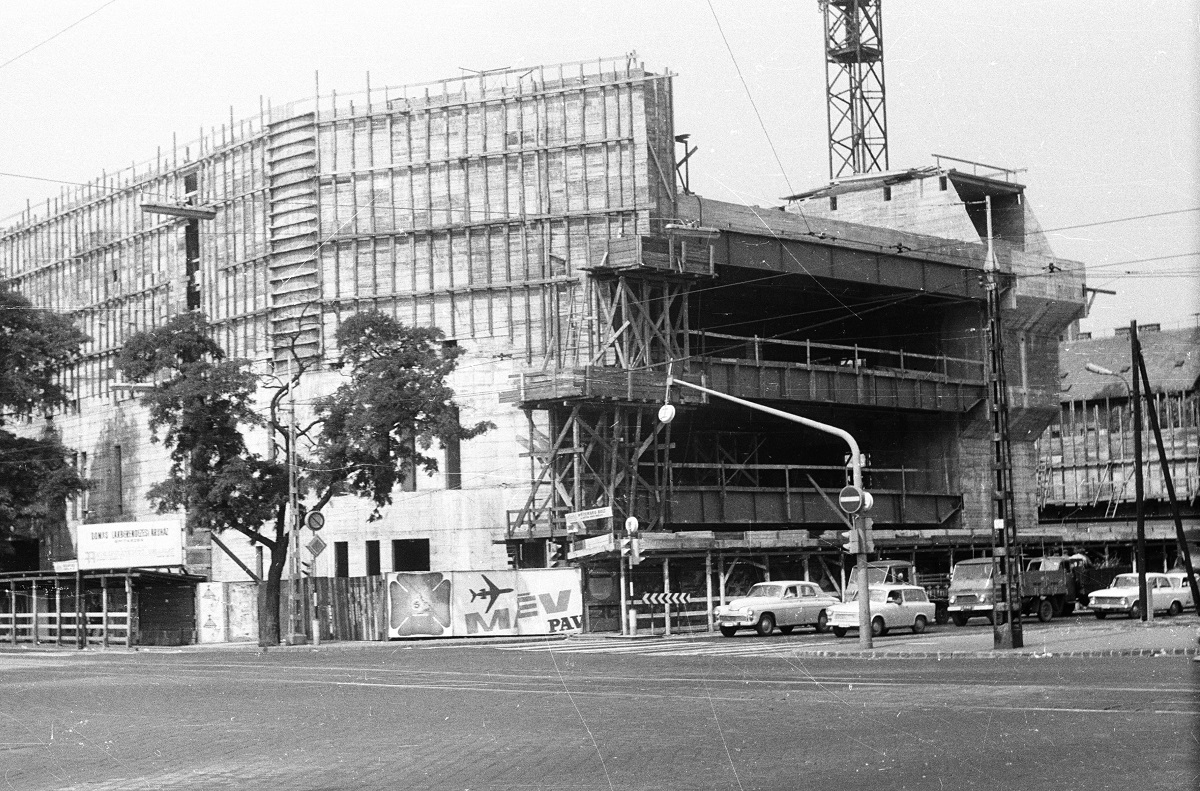 |
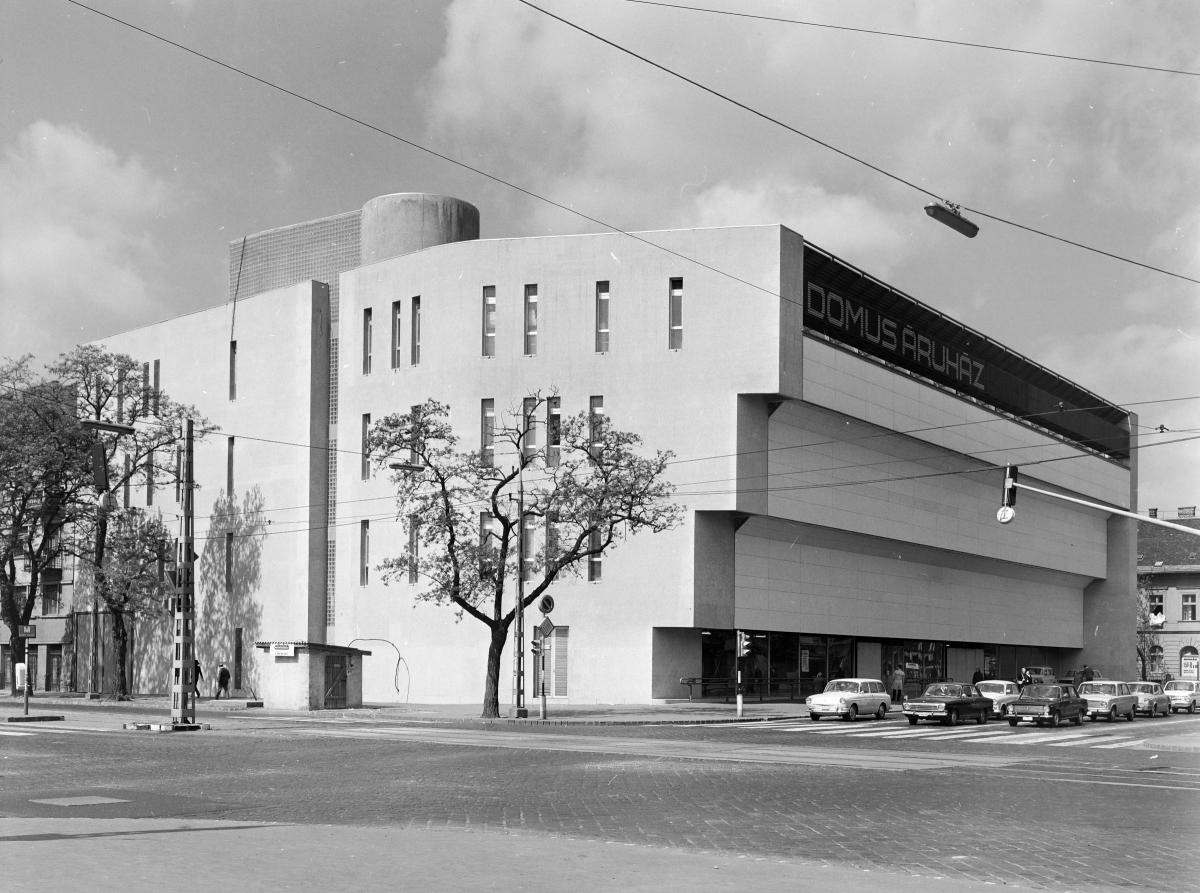 |
 |
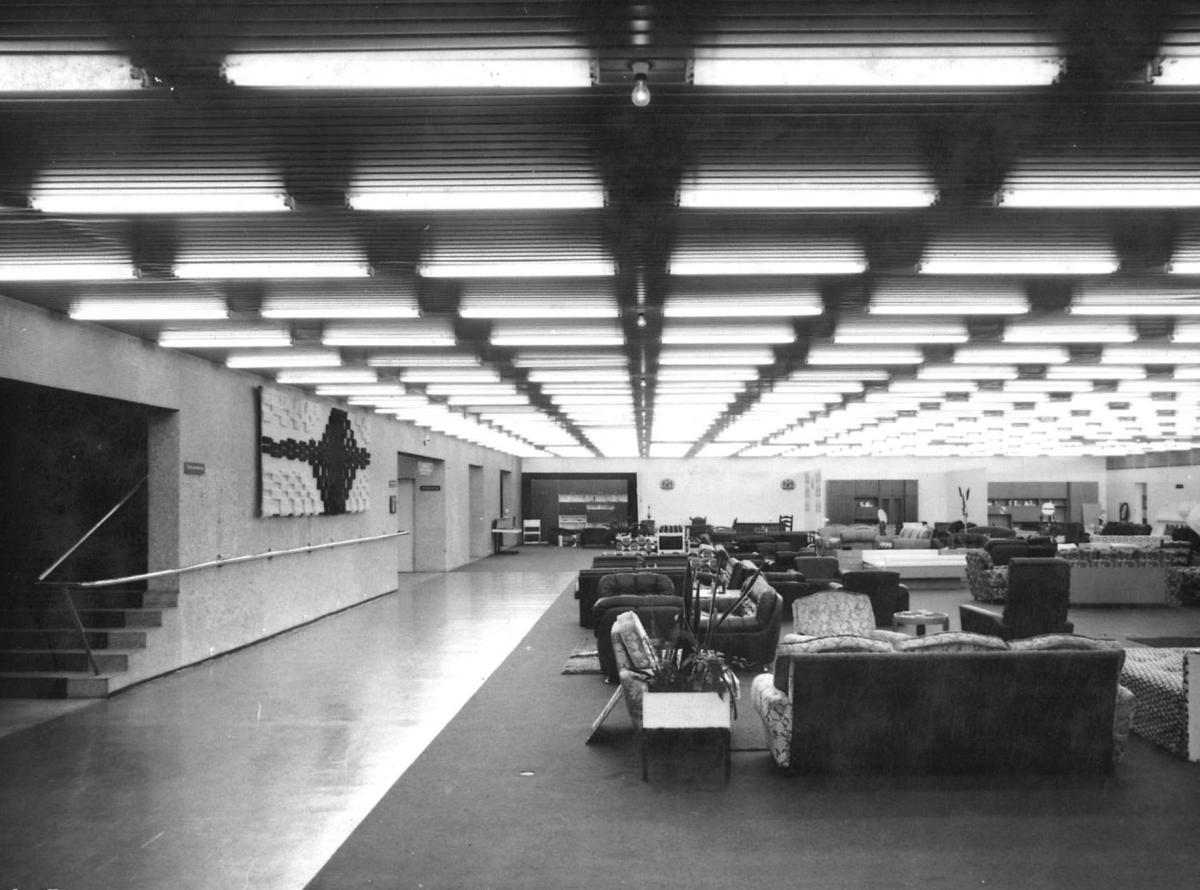 |
 |
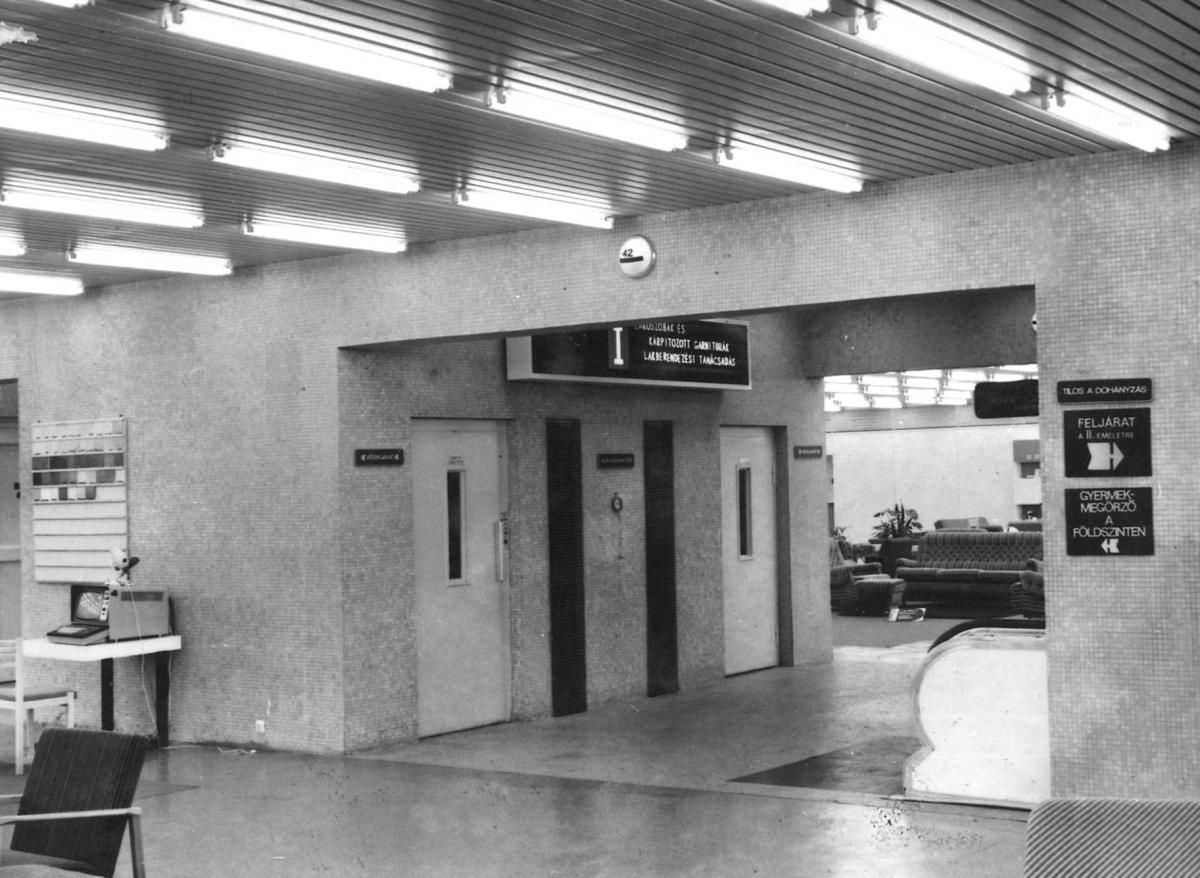 |
 |
 |
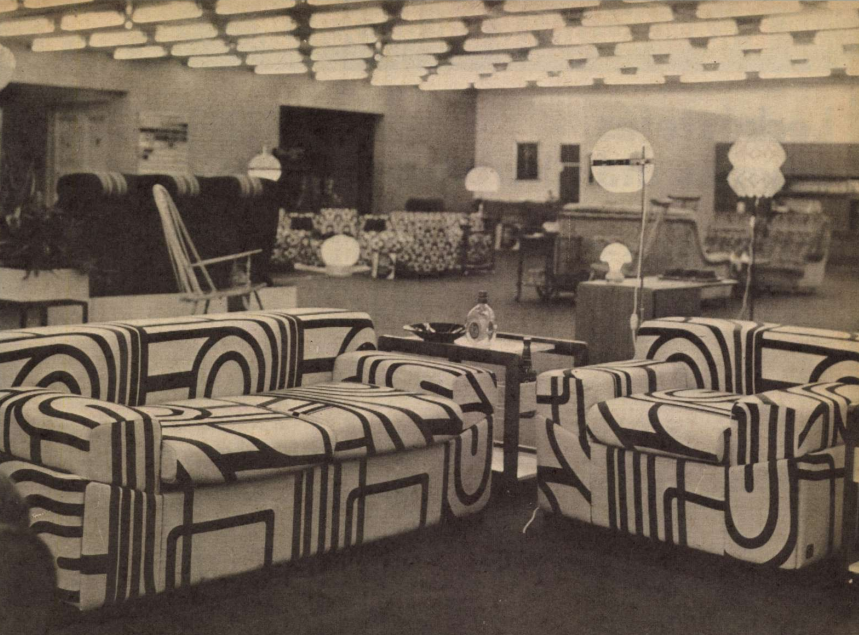 |
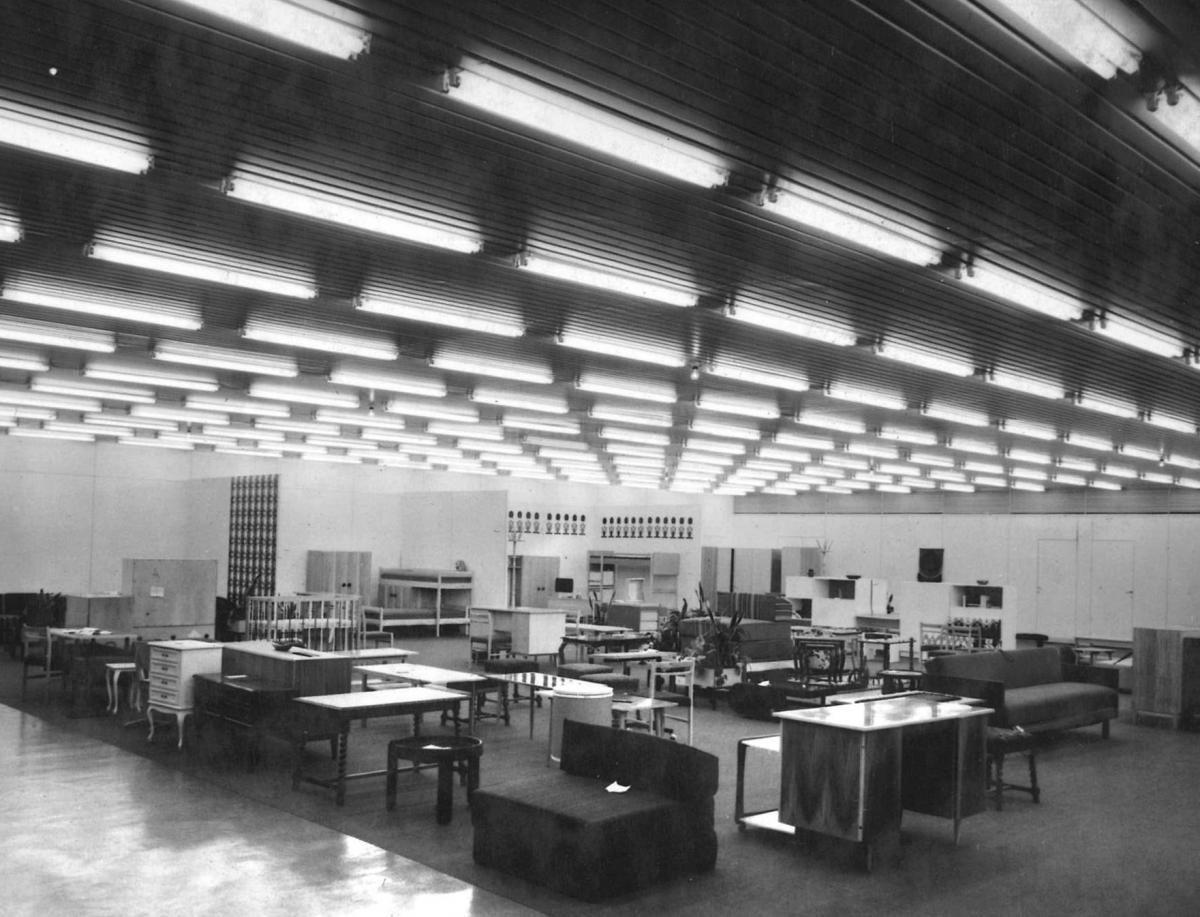 |
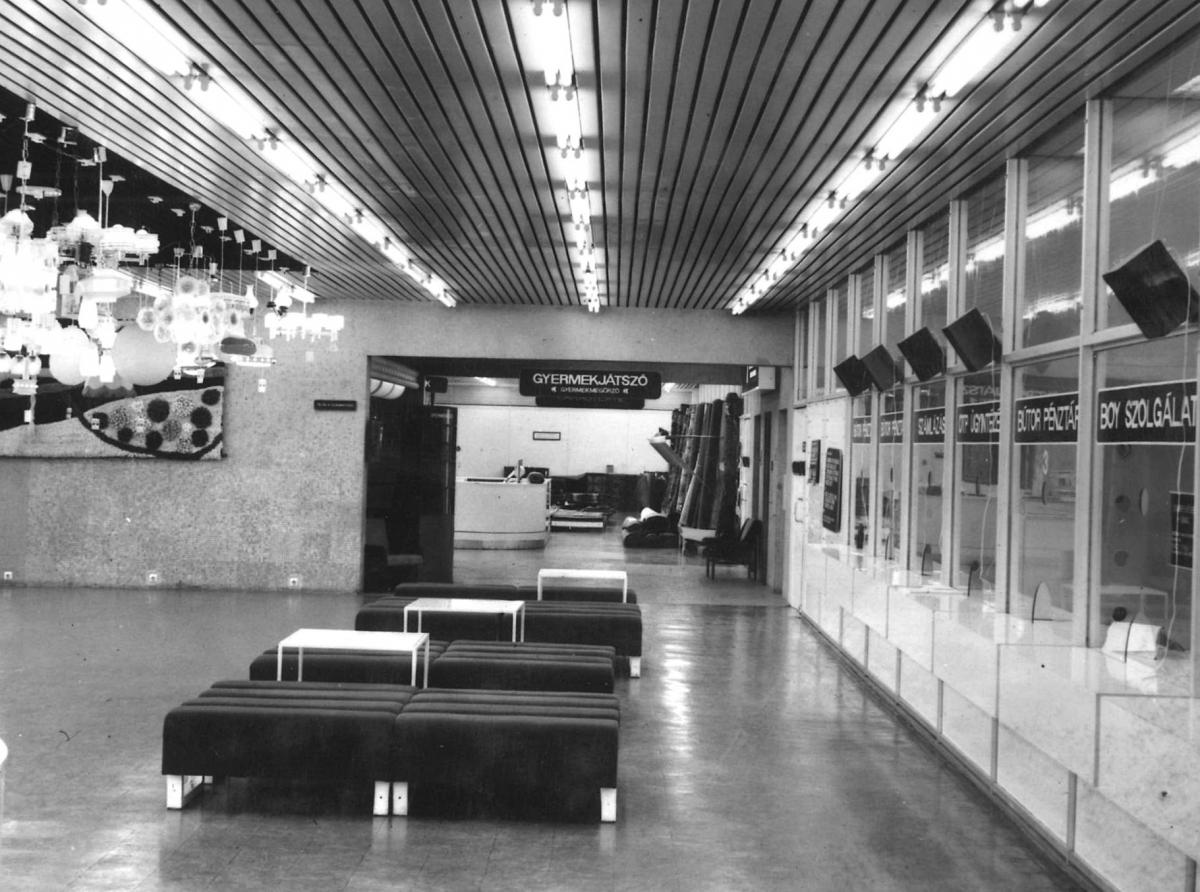 |
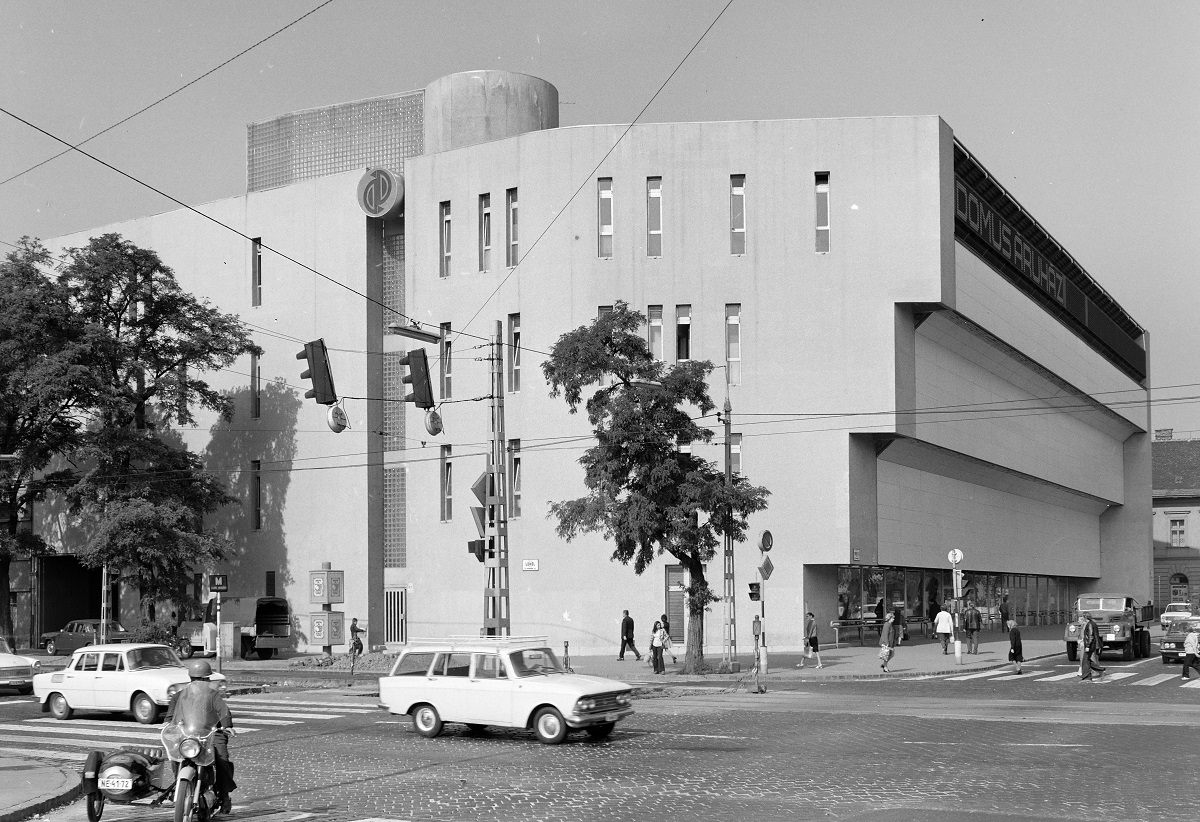 |
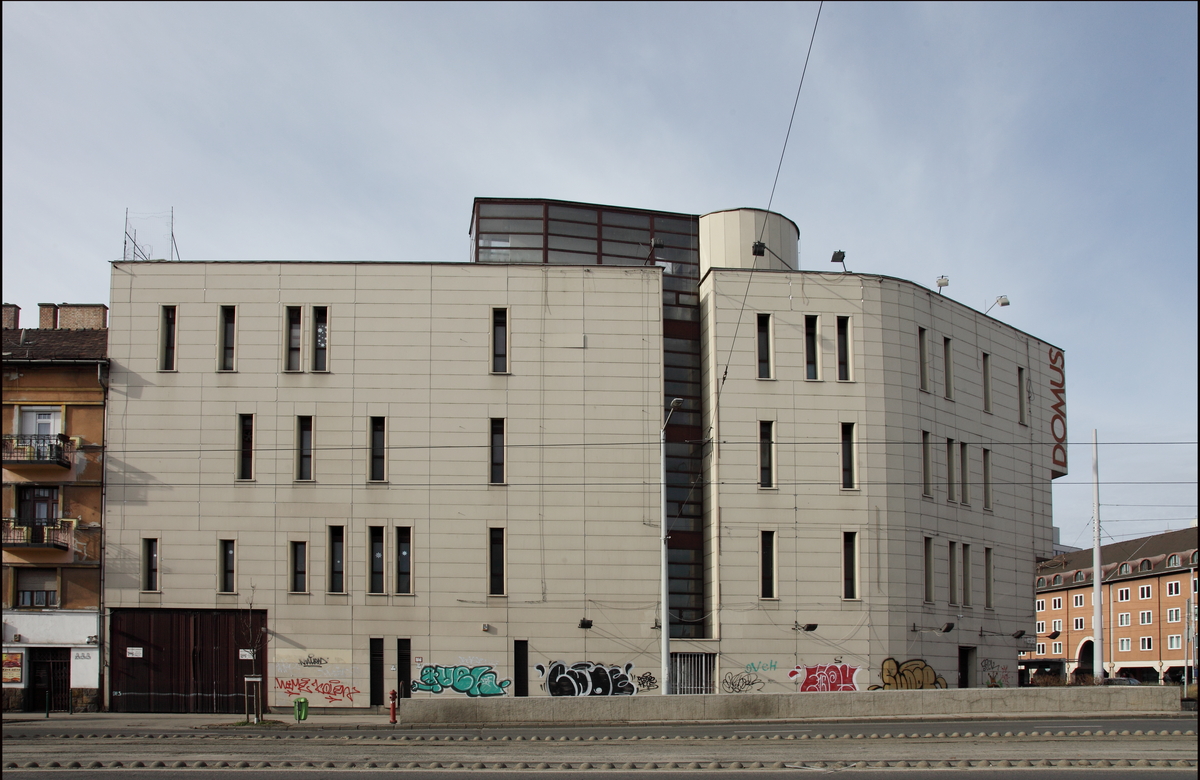 |
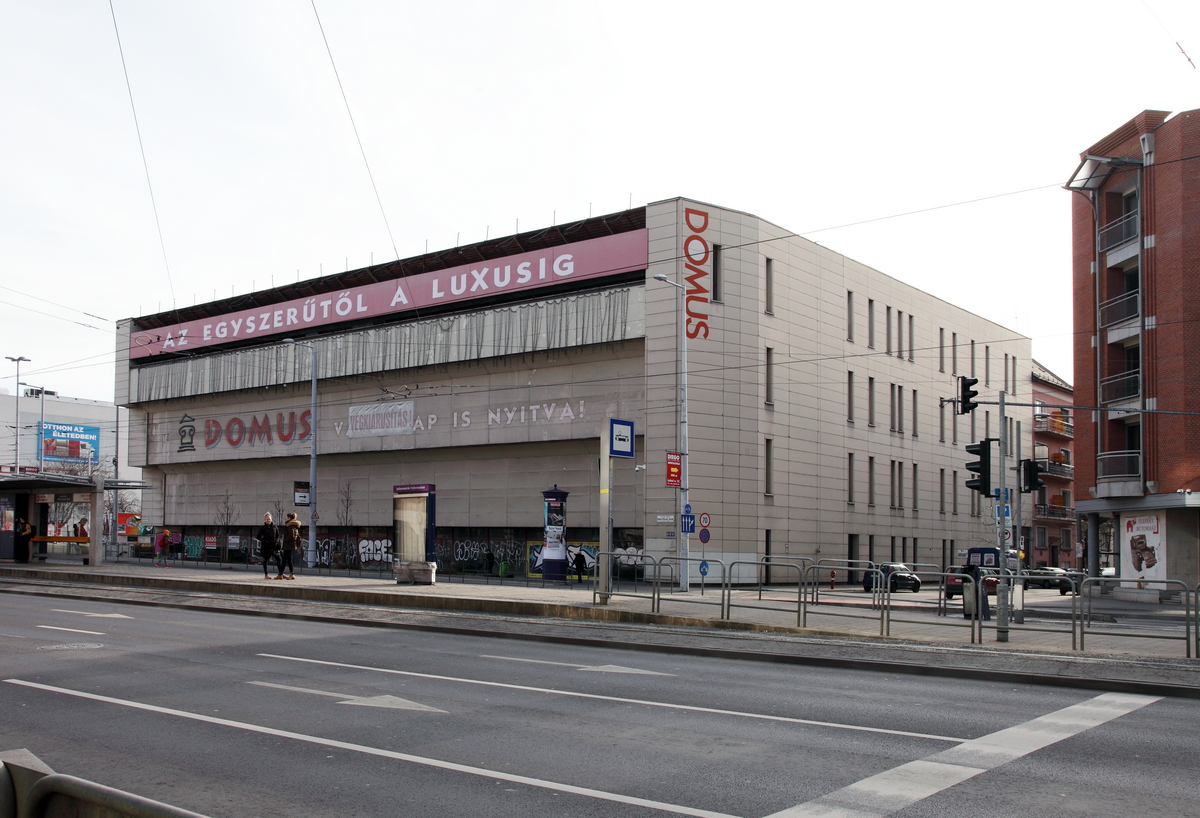 |
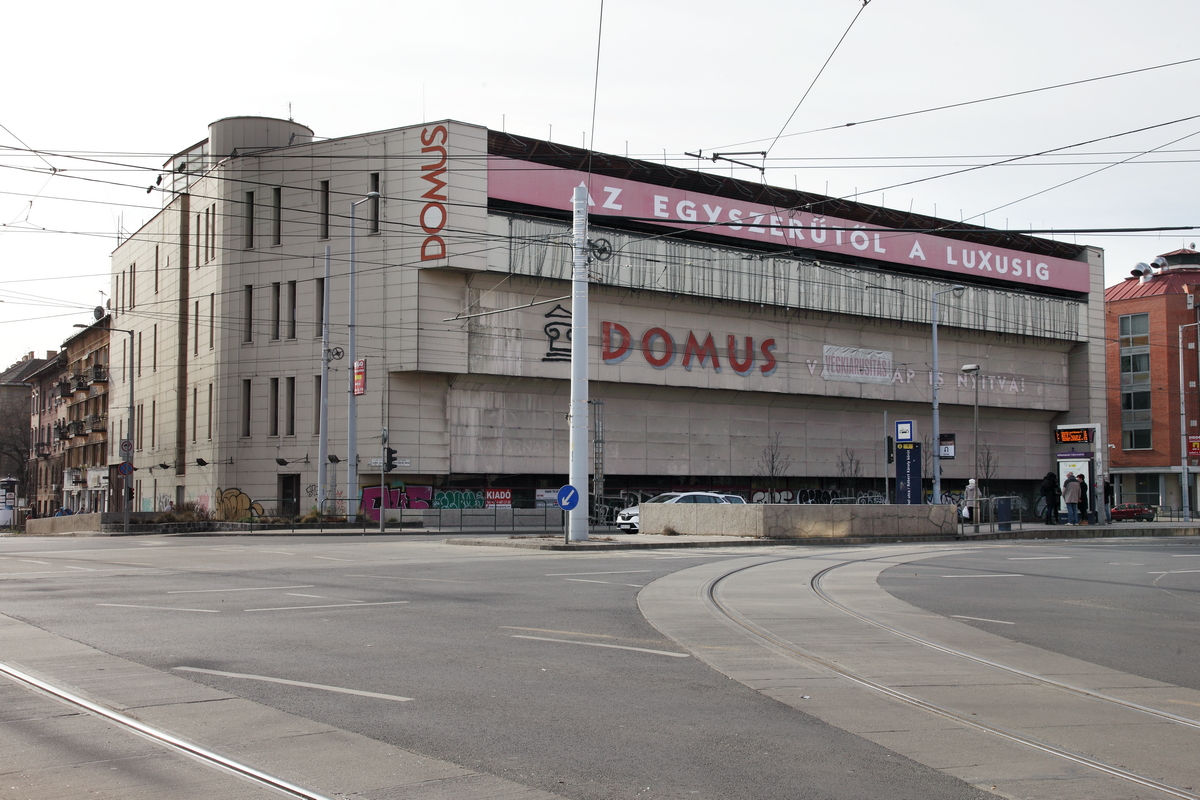 |
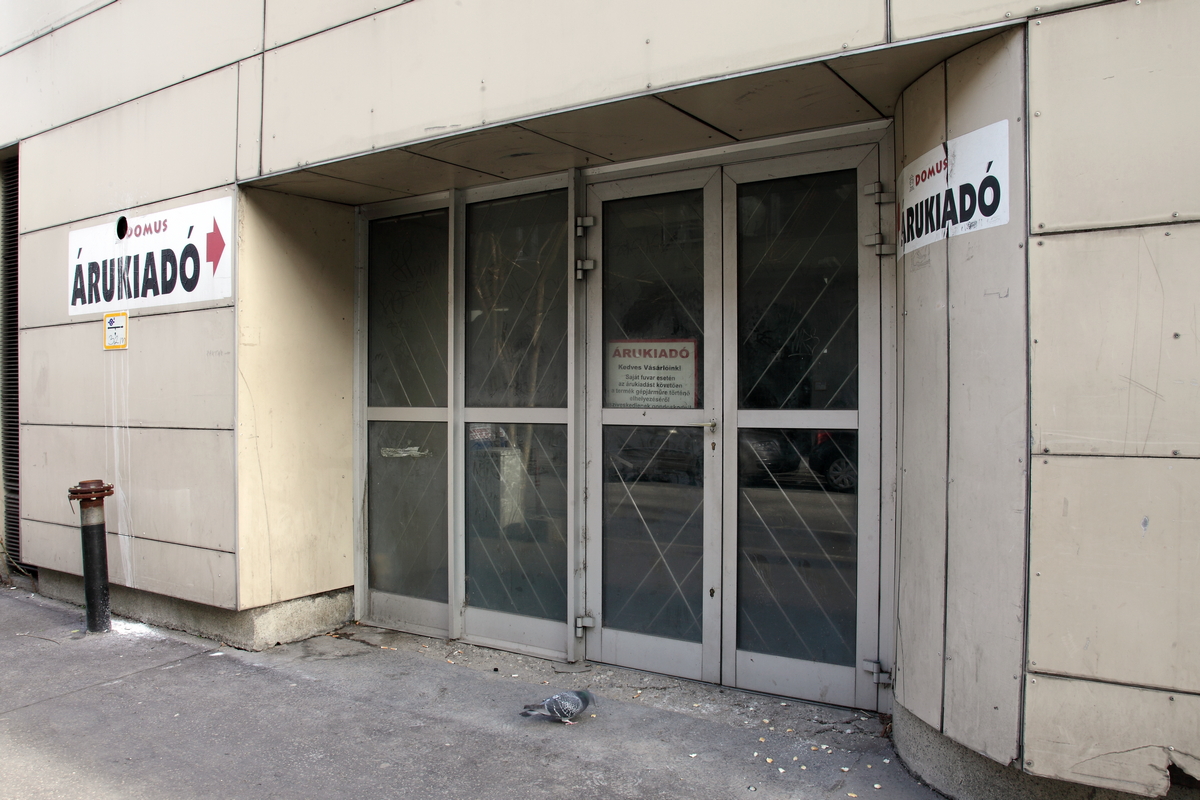 |
 |
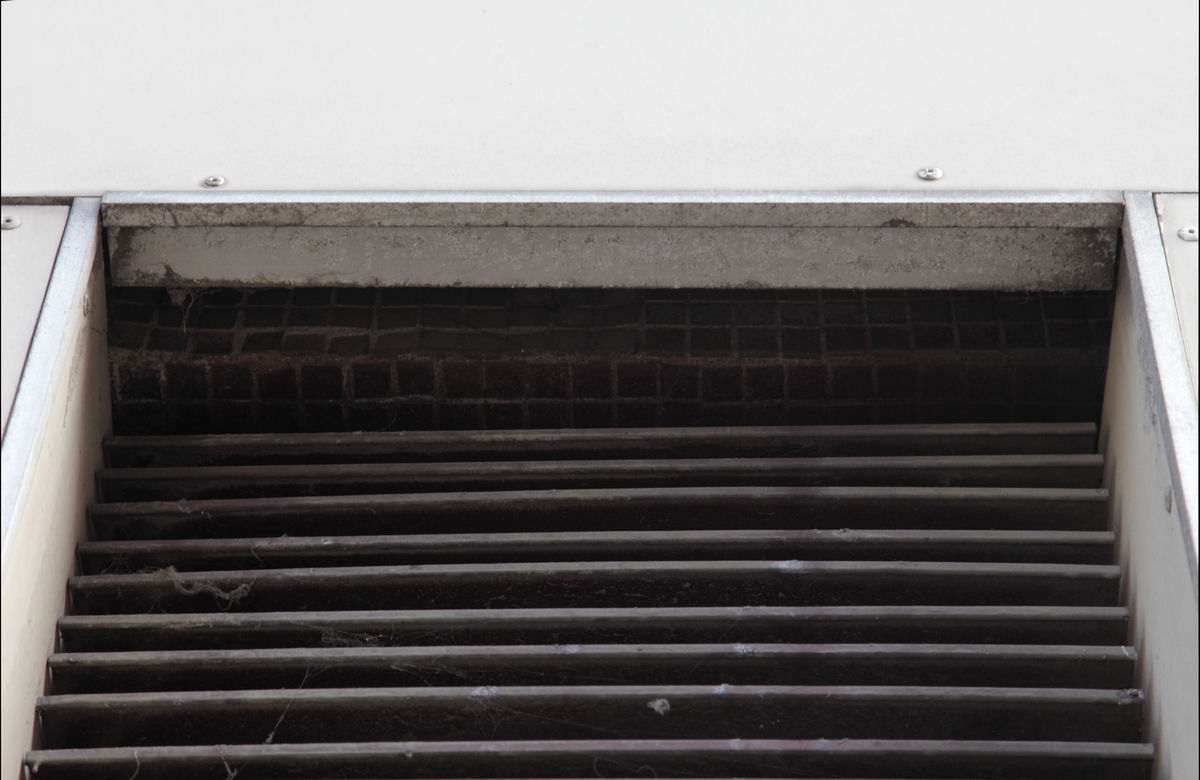 |
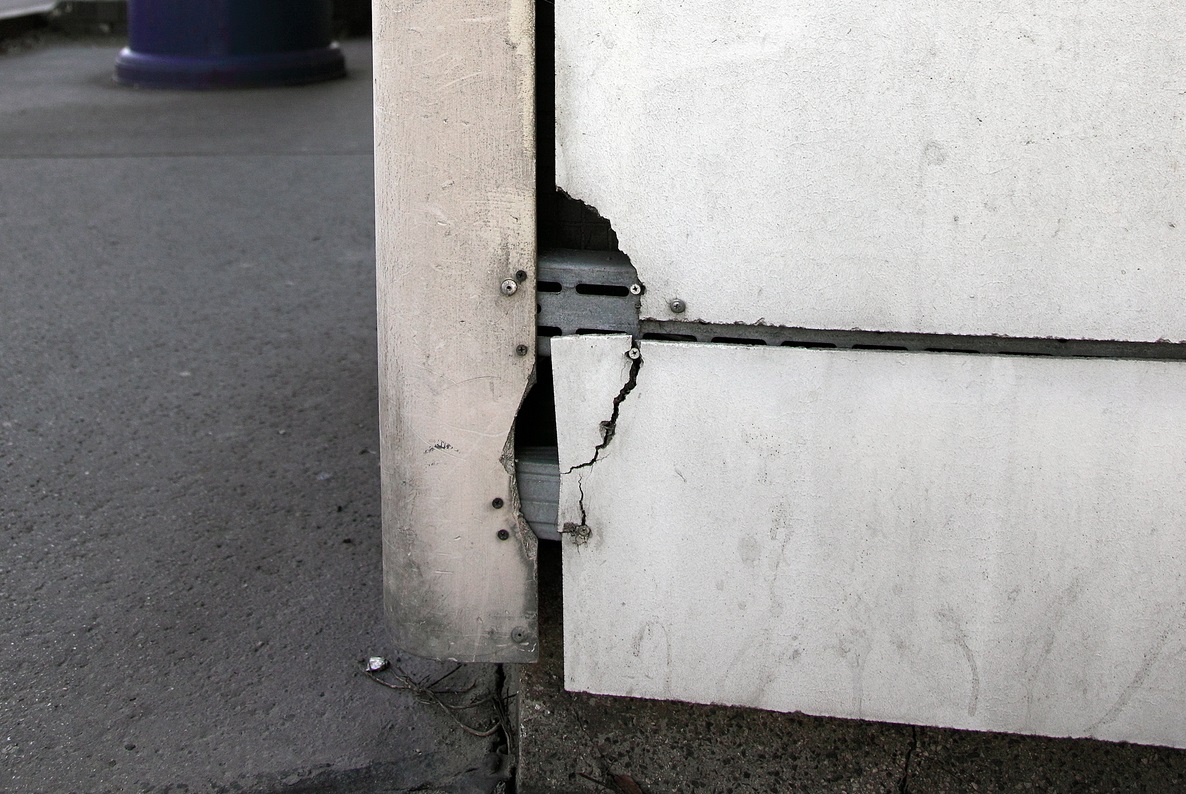 |
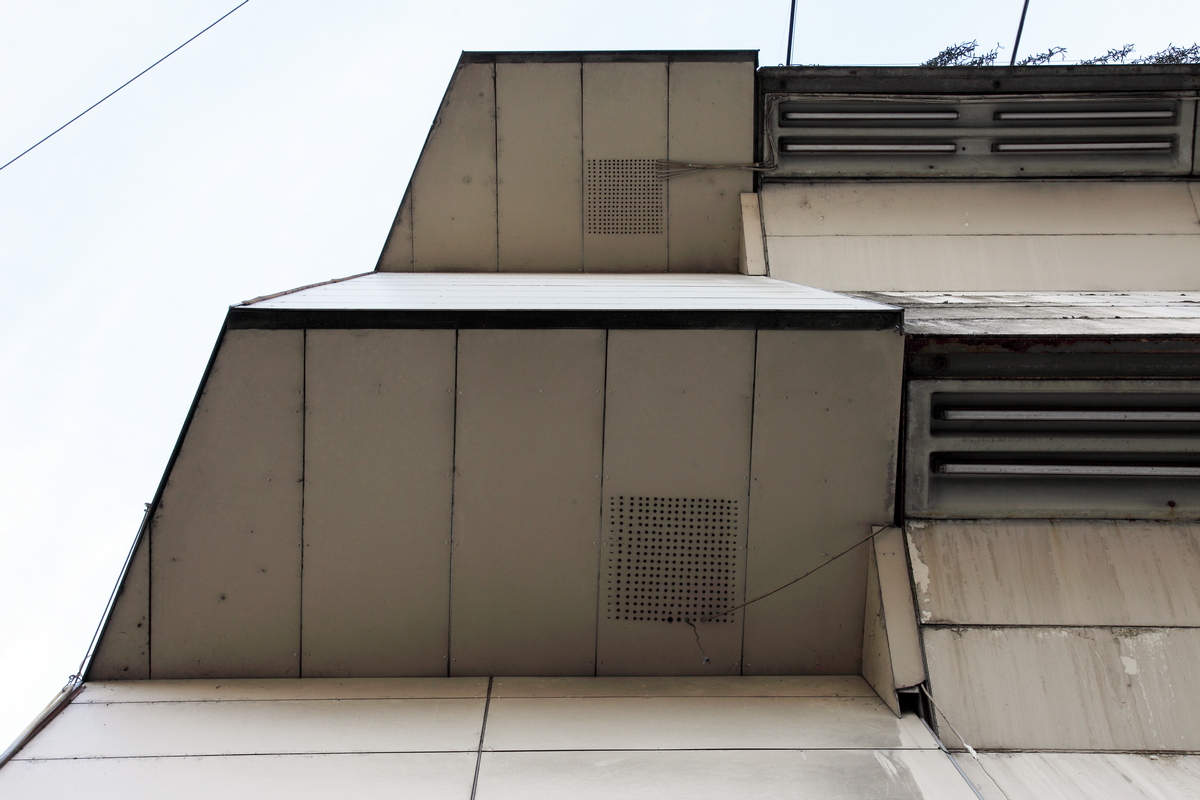 |
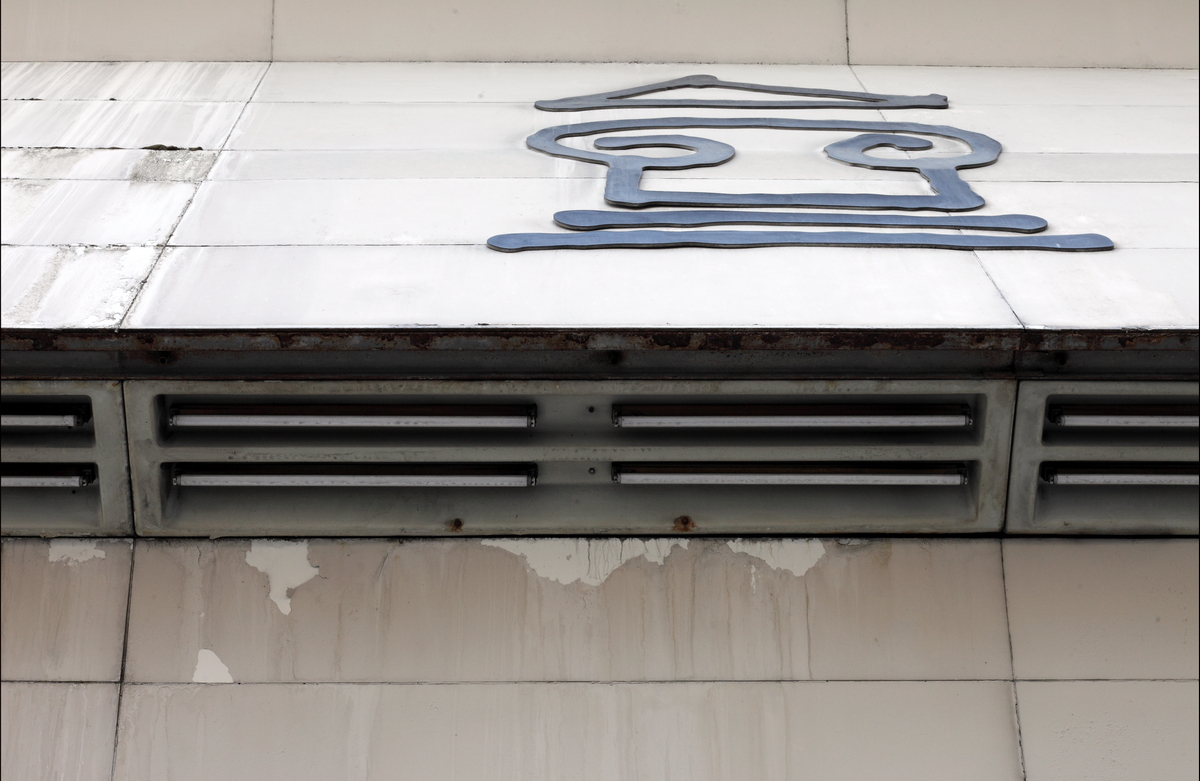 |
 |
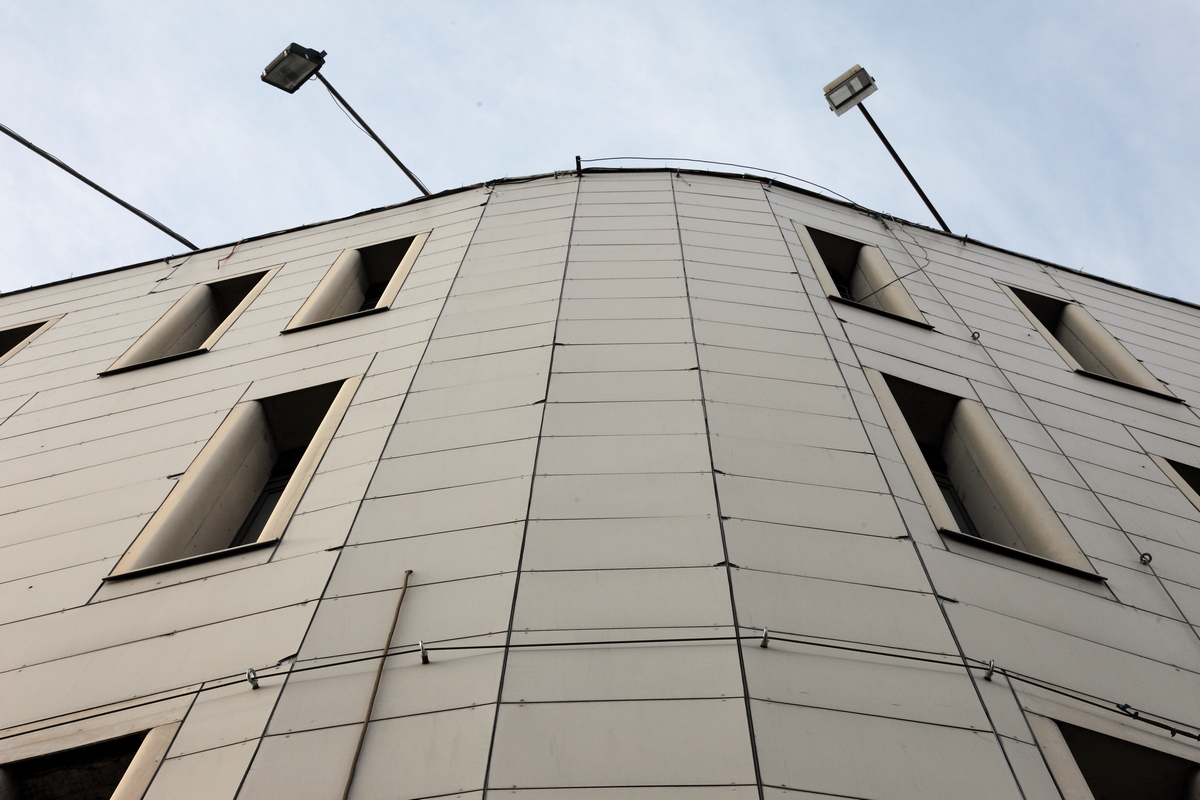 |
 |
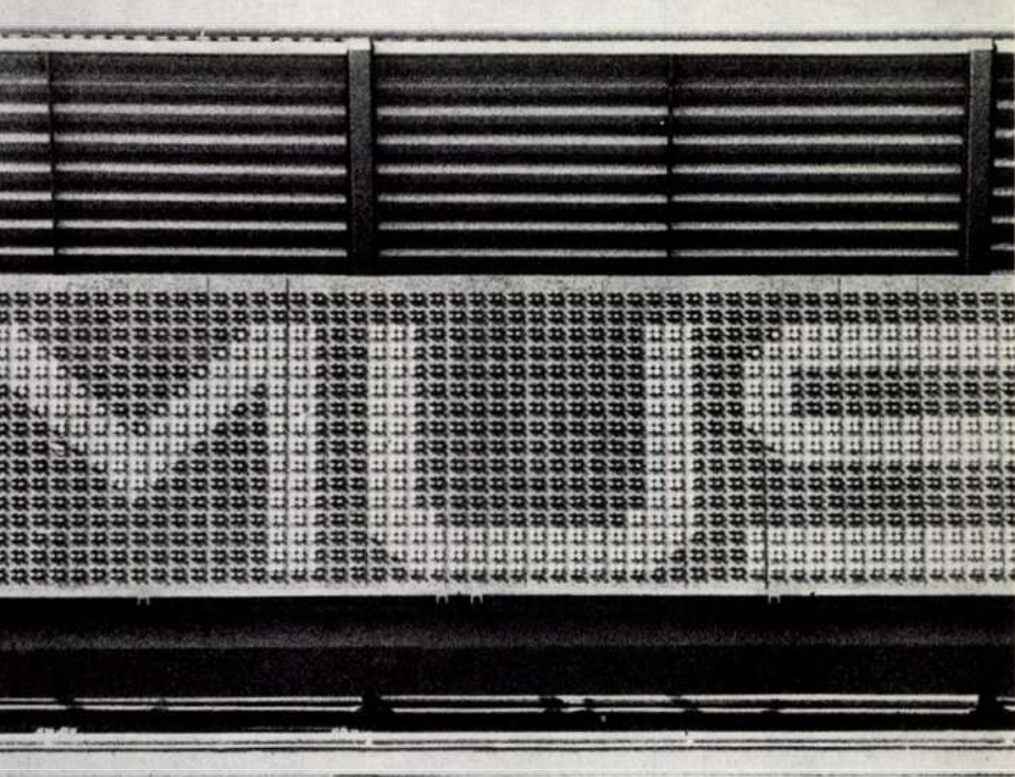 |
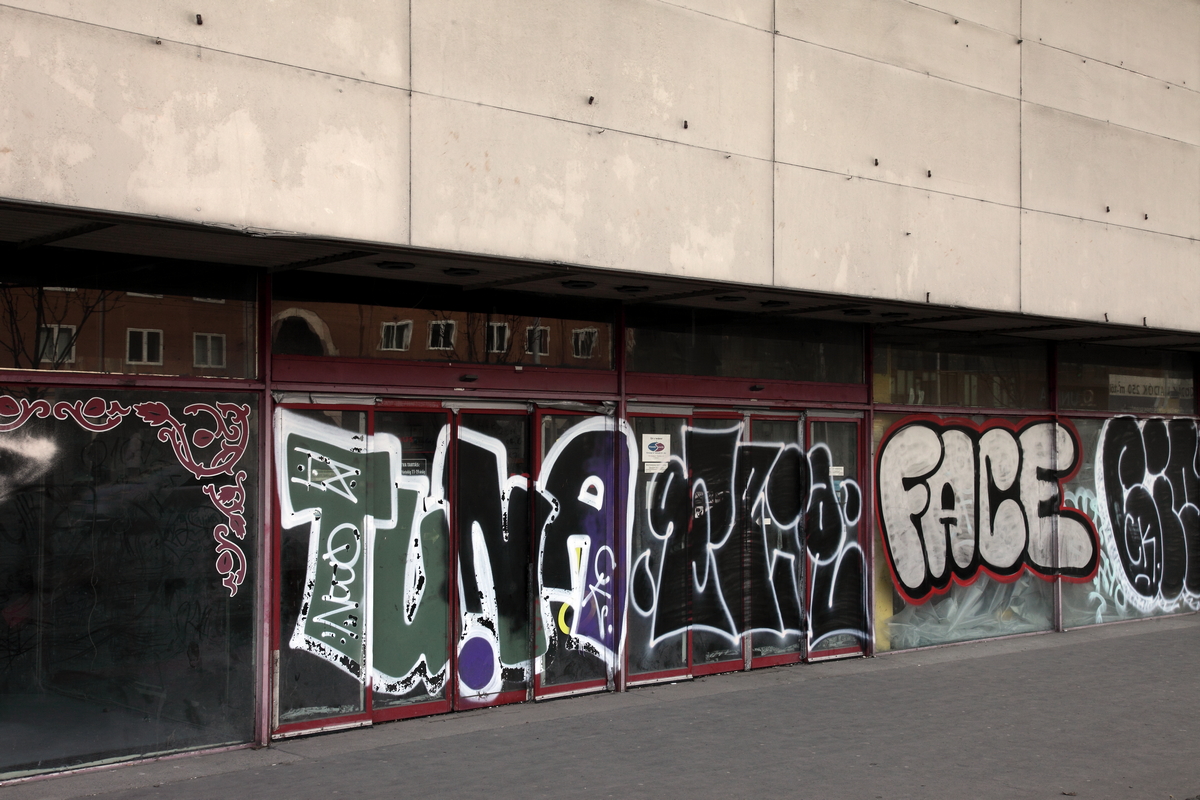 |
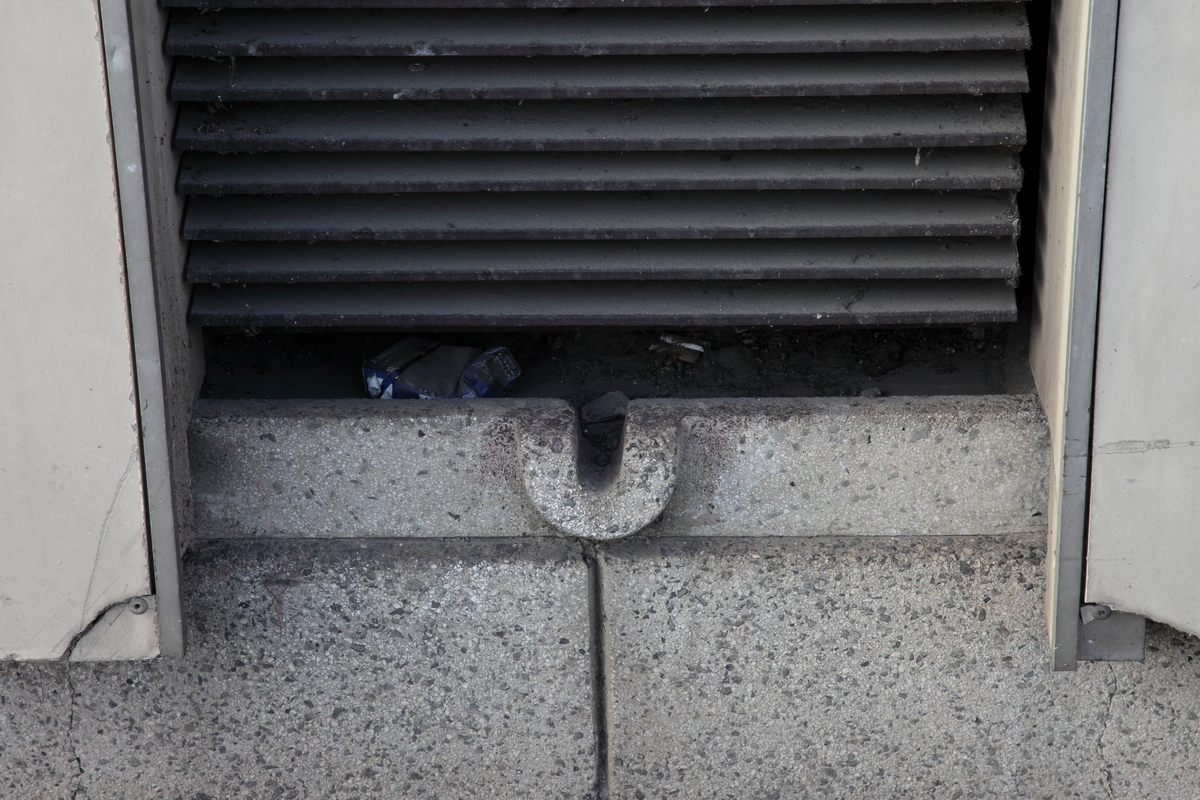 |
 |
 |
Back to the main page: Virtual Architectural Salvage
